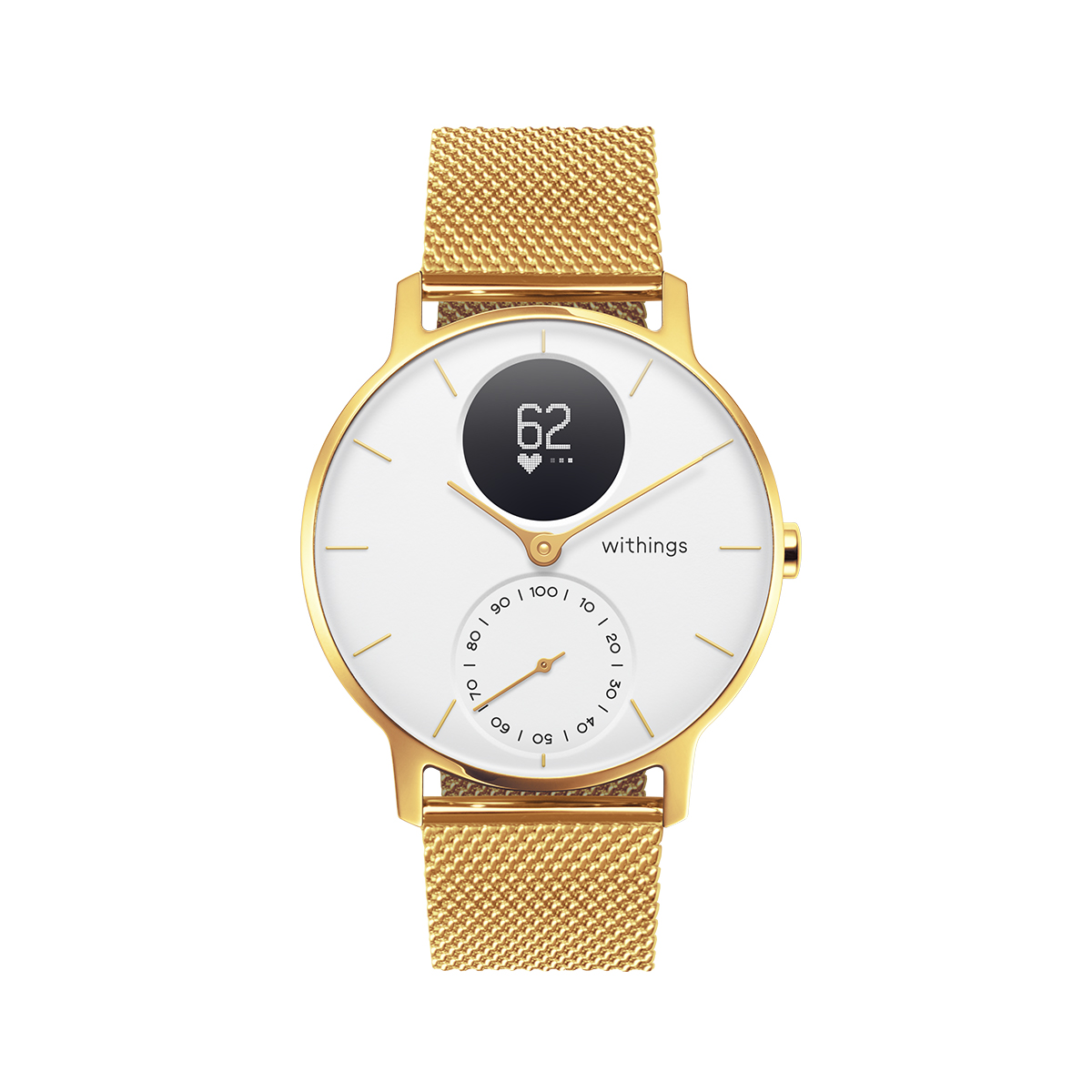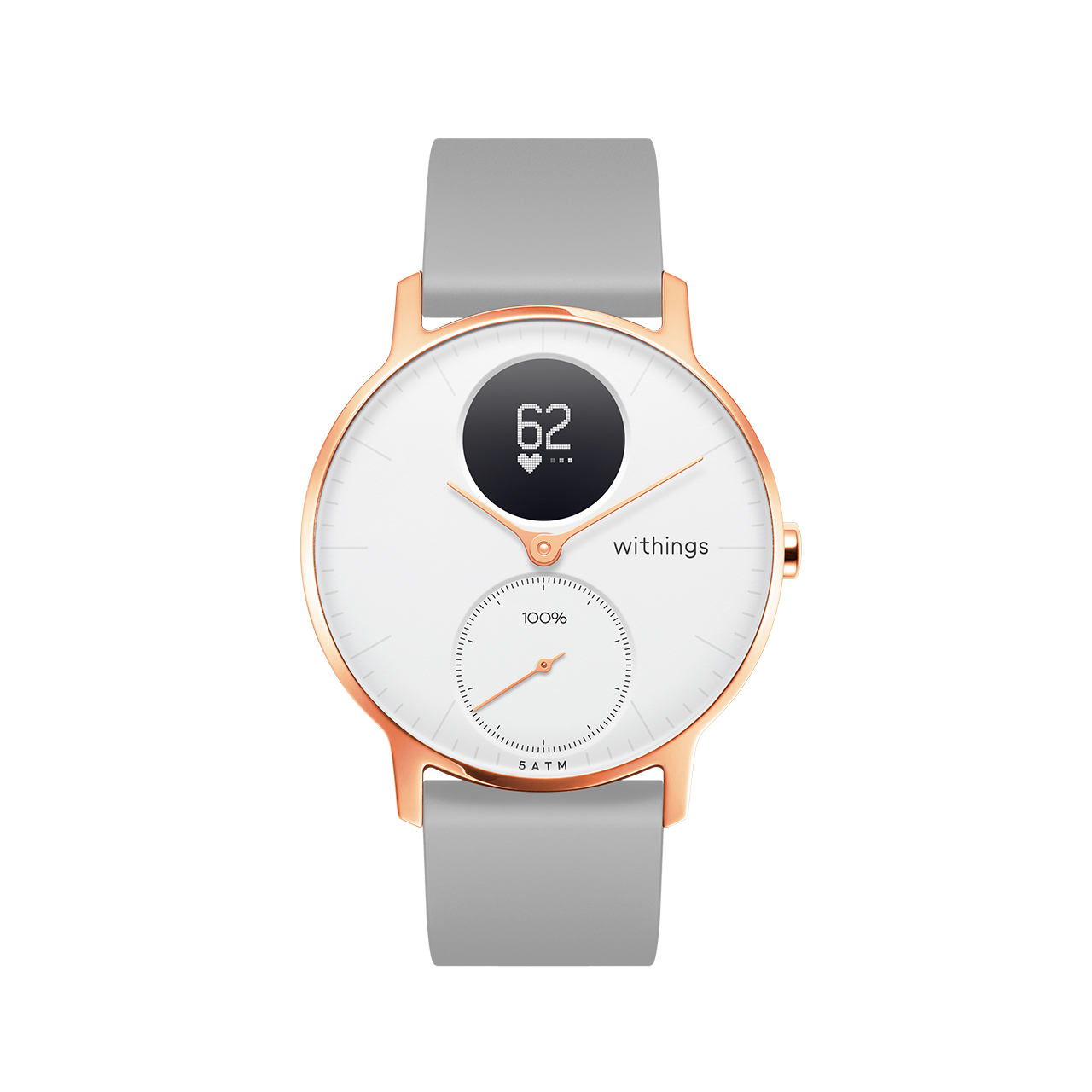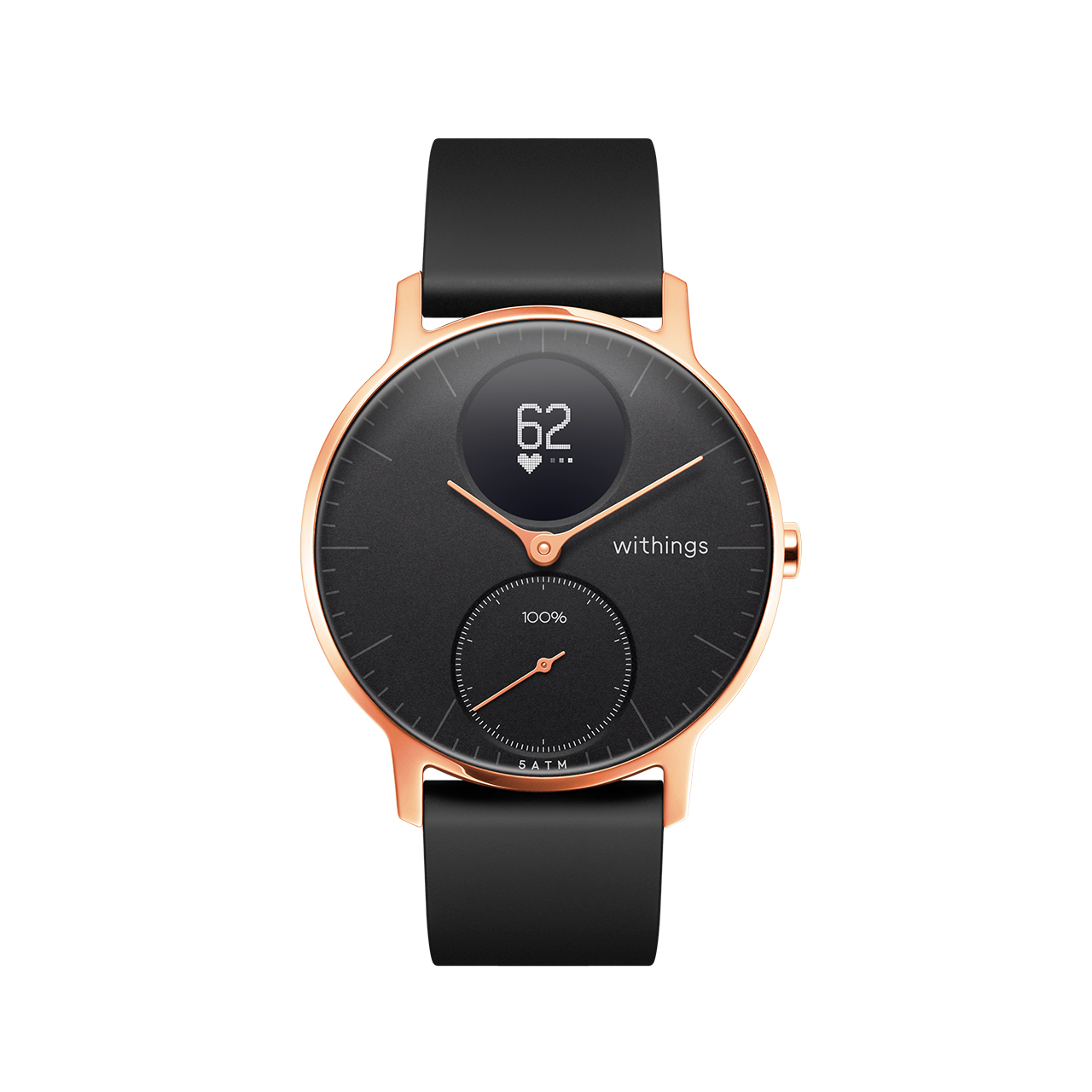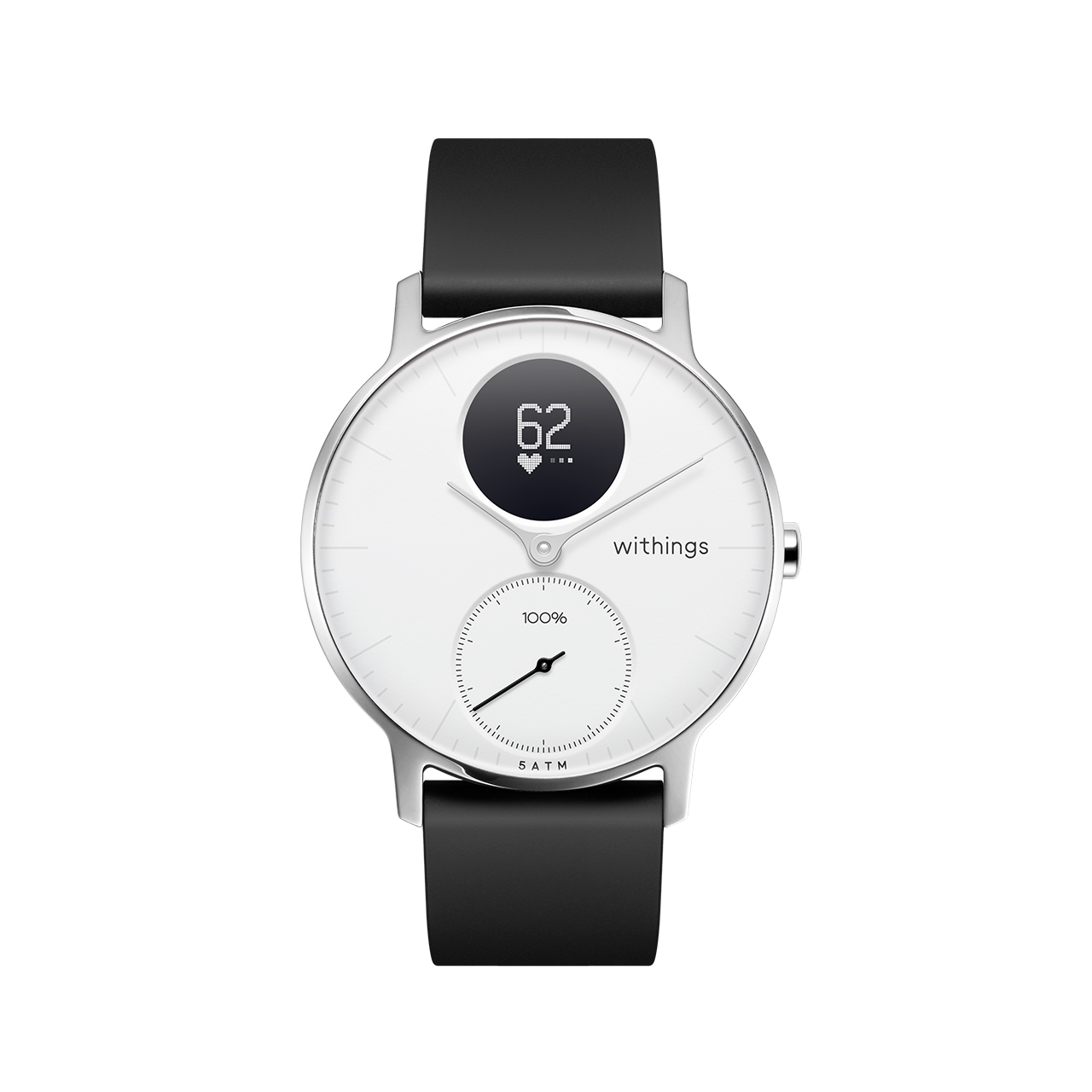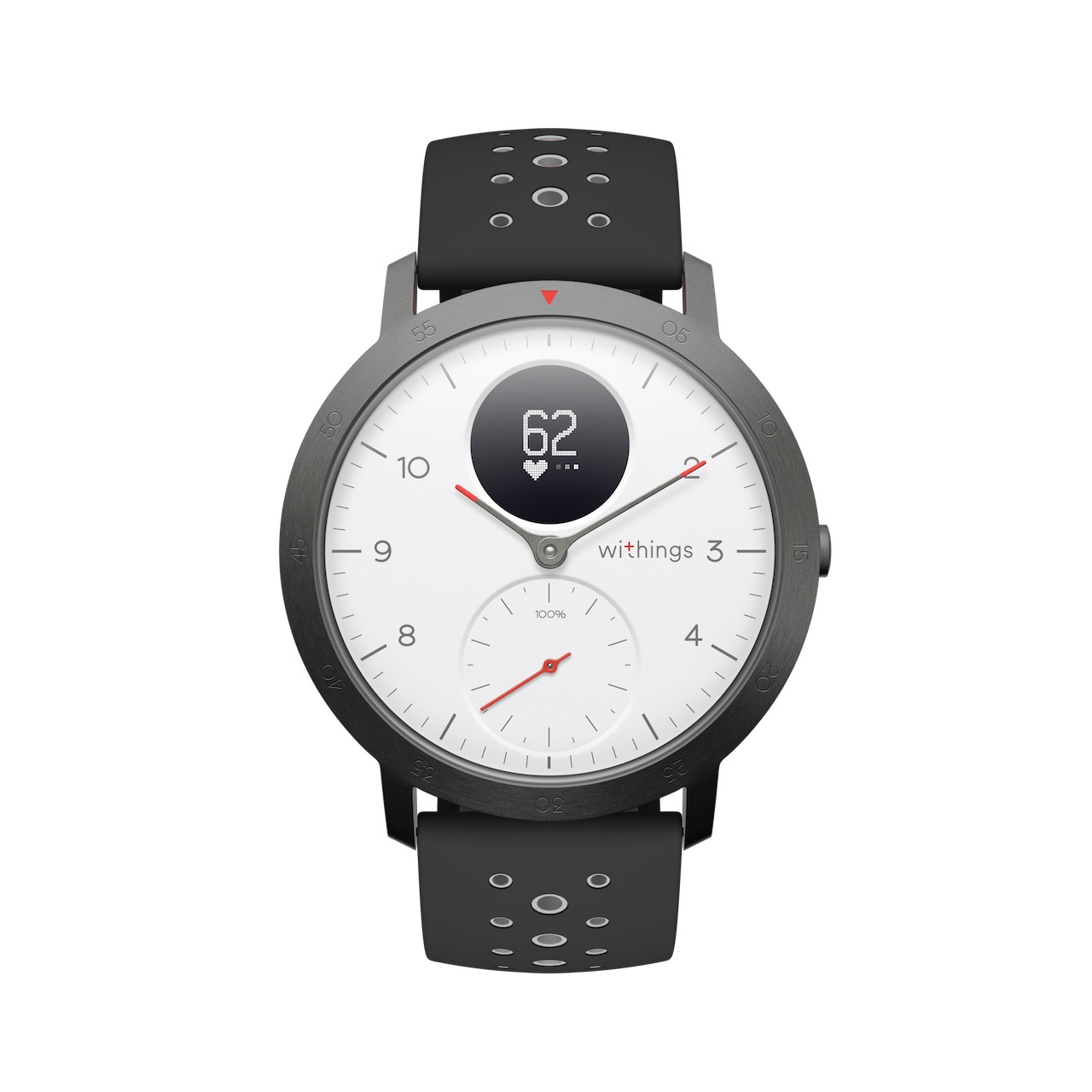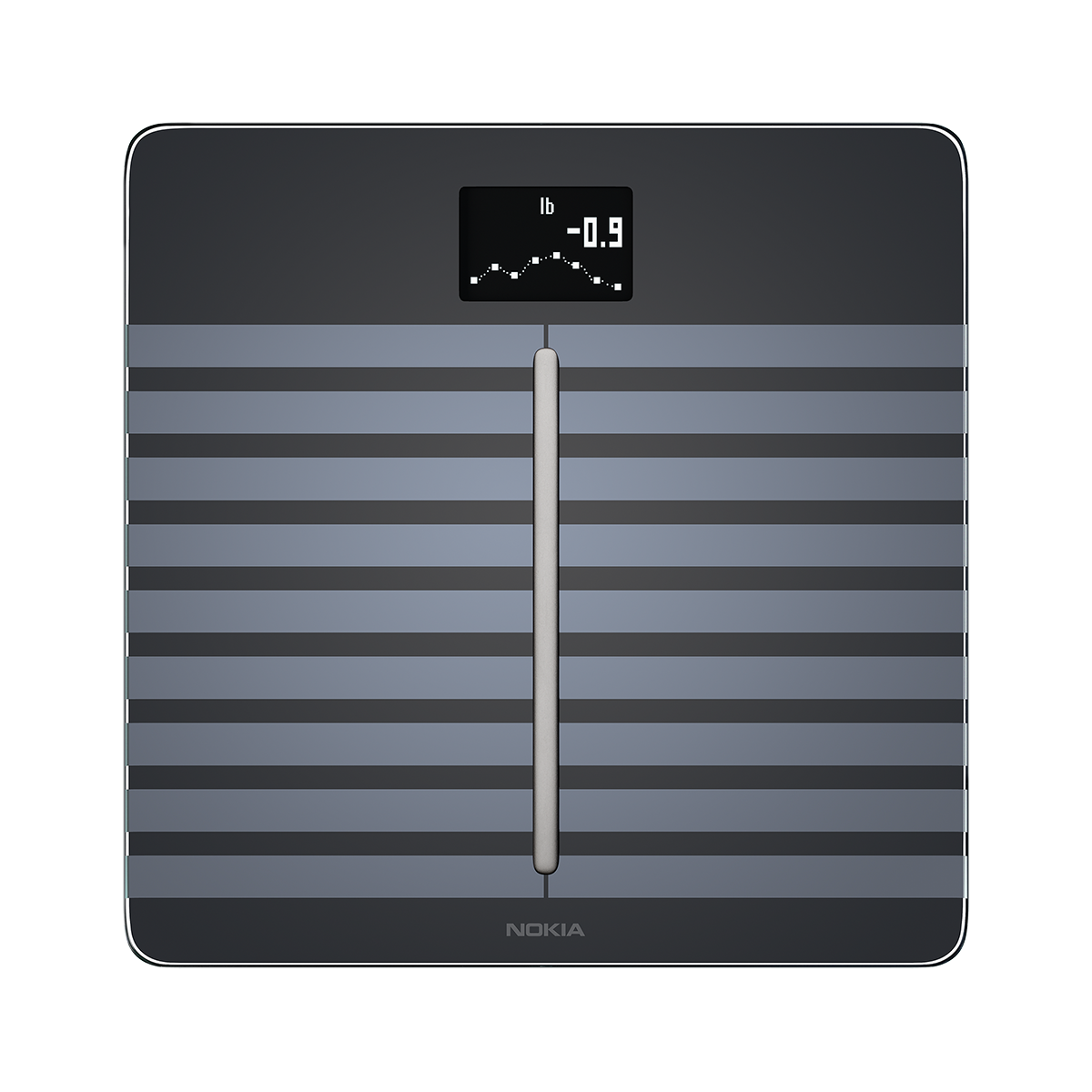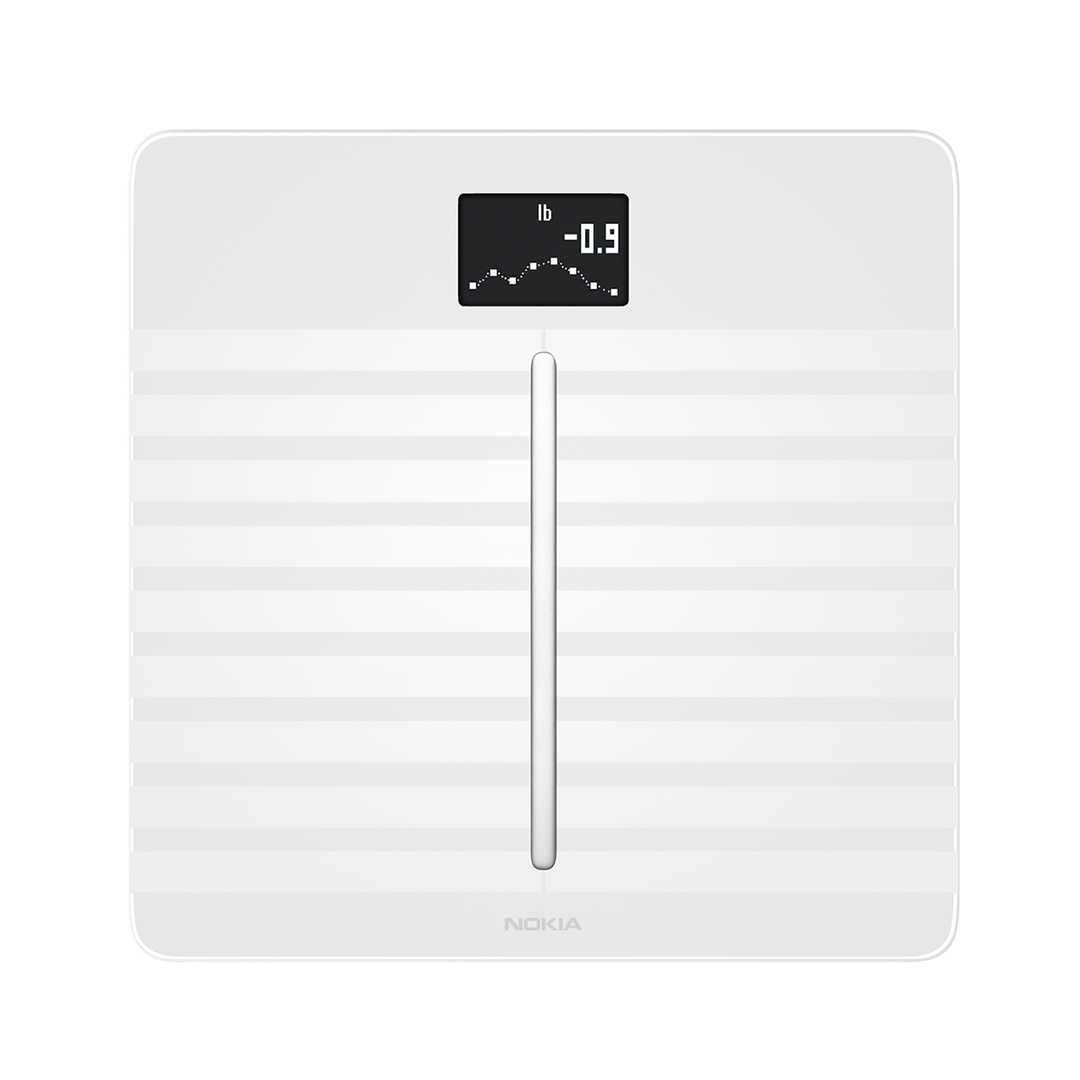The aging of the population and the progress of medicine, the demand for care is growing. At the same time, Smart devices in healthcare are increasingly present around us. The entire care sector finds advantages in e-health and more specifically in the Internet of Things (IoT). Power of prevention, quality of surveillance, ease of treatment: a quick overview of the solutions and the benefits of the trend.
Solution
Using a smartphone to collect health data. Connected in 2G / 3G / 4G / 5G or in WiFi, the smartphone has on board, in addition to a GPS, an accelerometer, several cameras, and a large memory. The Kirin 970 chips from Huawei or the A11 Bionic from Apple are powerful enough to run Artificial Intelligence programs. Enough to raise and process a lot of data.
Interfaced with e-health applications and external peripherals, the smartphone becomes the increasingly secure terminal in which to store one’s shared medical file thanks to the DMP App from Health Insurance, available on the AppStore and GooglePlay. Unless you prefer to use a digital and secure health record like the one from La Poste. Either way, it will be necessary to administer the application and mobile fleets, to guarantee their confidentiality with an Enterprise Mobility Management solution.
Apart from smartphones, a plethora of connected objects is monitoring and communicating through dedicated long-distance networks with low power consumption, LPWAN (Sigfox proprietary network, LoRa open source network promoted by Bouygues and Orange, or the LPWAN of French Qowisio).
IOT
Slipped into our clothes (IoT wearable), ingested in capsule form (eg BodyCap), worn under the skin or on the skin (Fitbit bracelet), the connected object automates the measurement. He reacts if necessary: triggering an alarm, dispensing a medication or simply reporting it to the attending physician. Its connection to the Internet of Things (IoT) saves lives and there is no doubt that mastering network and telecom infrastructures will be a key issue.
Equally serious is the daily object modified into a connected e-health object. The more it is in contact with the body, the more relevant it is: toothbrush, bathroom scale, toilet or bathroom mirror. For example, Wize Mirror analyzes your breath, your movements and your skin. It determines whether you should go to a cardiologist using its on-board artificial intelligence. Who says embedded intelligence, says operating system, database and Machine Learning to keep the device up to date.
Connected e-health is also a solution for opening up medical deserts. Once the data has been collected, it is necessary to consult, even operate. A connected high-definition camera, on a high-speed network secured by VPN, at Lifesize for example, allows a doctor to make an accurate diagnosis without being hampered by the distance. Finally, by connecting surgical robots like Versius to the Internet, you can operate remotely or operate inside the body, almost without scarring.
For IT professionals, beyond technological innovation, the ability to administer, maintain and secure this huge park of connected objects, thanks to a 24/7 Service Desk specializing in consumer electronics products, will be crucial for the success of e-health.
Books recommended about Smart healthcare
Innovative smart device in healthcare
Smartwatches in healthcare
Smart scale in healthcare
Read also


















